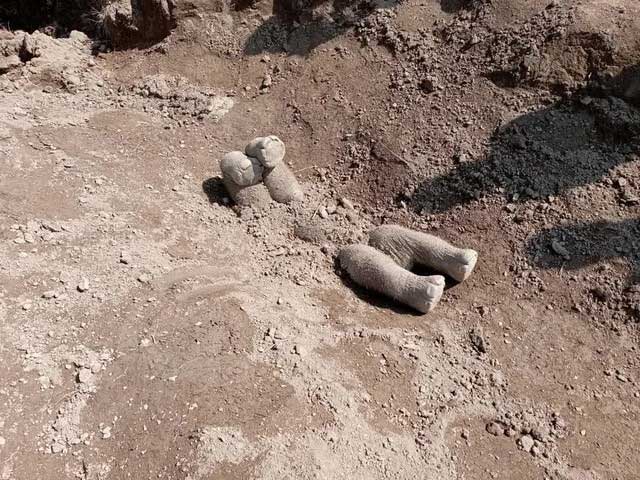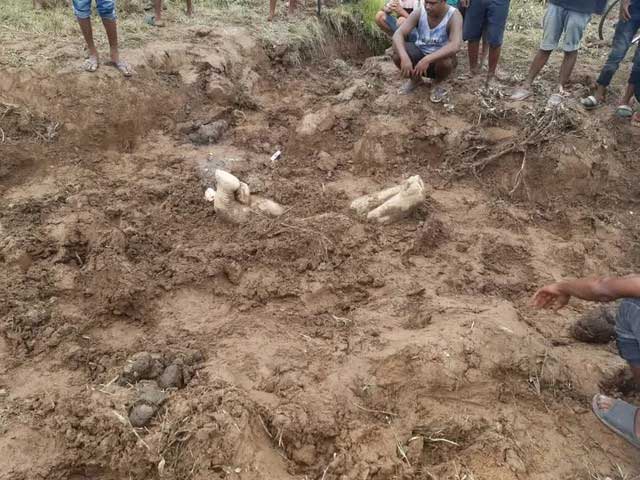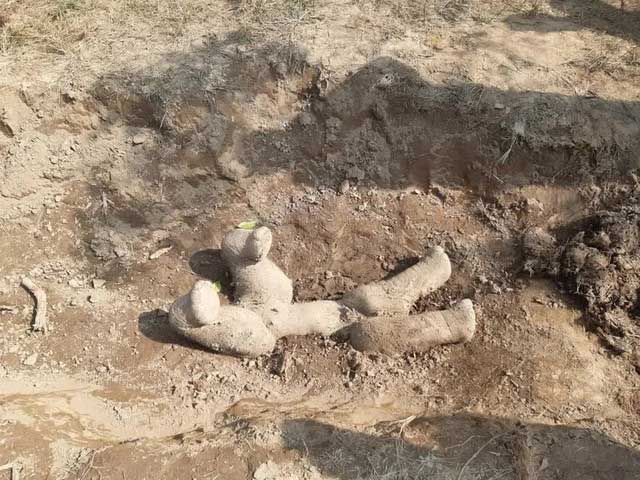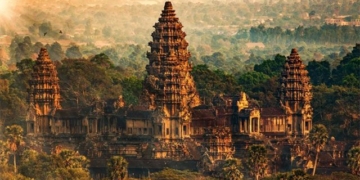Today, there is no doubt about the high intelligence of elephants, and one of the most remarkable aspects of these animals is their funeral culture. They conduct funerals, mourn, visit the deceased frequently, and cover the bodies of their dead companions with leaves and branches.
In a study published on February 26 in the Journal of Threatened Taxa, Indian Forest Service officer Parveen Kaswan and researcher Akashdeep Roy from the Indian Institute of Science and Education spent 16 months documenting five burial events of Asian elephant calves in West Bengal, in the northern Himalayas and the eastern floodplains.
These Asian elephants inhabit a landscape made up of fragmented forests, tea plantations, agricultural land, and human settlements. They buried the bodies of the calves in the ground, which in itself is unusual, but the method of burial produced even more surprises.

Researchers believe there may be several reasons why elephants do this. First, this process allows all members of the herd to participate; second, due to the limited depth of irrigation ditches, in cramped spaces, the herd members prioritize burying more significant parts such as the head, which may represent the respect of the herd members for the deceased; finally, the exposed legs of the calves may serve to mark the location of the grave.
Previously, researchers had observed African elephants covering deceased herd members with leaves and branches.
Five Asian elephant calves were discovered buried in tea plantations in northern West Bengal between September 2022 and October 2023. The calves appear to have been placed on their backs in irrigation ditches up to 65 cm deep, then covered with soil. Although their heads and bodies were nearly buried, their four legs remained protruding above the ground.
The calves ranged in age from 3 months to 1 year and died from natural causes, such as infections and malnutrition. Bruising on their backs indicates that herd members dragged their bodies over long distances to reach the tea-growing area for burial. In some cases, the elephants traveled for up to 48 hours while carrying the calves’ bodies, according to Live Science.
Researchers affirmed that the elephants intentionally placed the calves’ bodies in the ditches with their feet facing upwards so that many herd members could participate in the burial process. The presence of footprints and feces from multiple elephants at the site further supports this observation. The research team also suspects that Asian elephants deliberately cover the heads and bodies of deceased calves to protect them from scavengers.

Akashdeep Roy believes that this burial behavior highlights the extreme intelligence of elephants. The elephants chose tea plantations because they naturally could not bury bodies in villages where humans would disturb them, nor could they dig large holes in the forests.
Tea plantation workers and nearby villagers reported hearing loud elephant calls for about 30 to 40 minutes before leaving the burial area, which researchers believe is when the herd was conducting the funeral. This explanation aligns with the results of a 2022 study that found Asian elephants stand guard over the bodies of deceased herd members, making noise and comforting each other in “calming-like reactions.”
Subsequently, the Asian elephants also appeared to try to avoid walking near the burial sites. Researchers suspect that the elephants skillfully chose tea plantations as burial locations because there were already dug ditches available.
Roy told Live Science: “The herd would not be able to bury bodies in villages due to the disruption from humans. They also could not do it in forests without pre-dug ditches.”

Elephants can recognize their reflection in a mirror, indicating self-awareness.
Elephants are one of the few animal species that can recognize their reflection in a mirror, demonstrating self-awareness. They also have an excellent memory for faces, almost never forgetting each other, even being able to recognize friends after decades. An example can be drawn from a story at a zoo in Tennessee, where when a new elephant was brought in, a resident elephant showed great excitement and bonded with the “new friend,” unlike the exploratory attitude of other elephants in the zoo.
Scientists could not explain this phenomenon until they sifted through hundreds of pages of documentation on this elephant. It turned out that 22 years ago, these two elephants had lived and played together in a circus.
Like humans, elephants also suffer severe psychological trauma when witnessing the death of friends. In April this year, at the Elephant Nature Park in Thailand, there was a story of “elephants crying for friends” that moved all present. Two elephants named Jok and Mae Perm had lived next to each other and were very close for 17 years.
Jok was an elephant rescued from an illegal logging group by this center. When brought here, Jok was blind. Since then, Mae Perm had become Jok’s eyes. The two were inseparable, playing, eating, and sleeping together. However, at the beginning of April, Mae Perm passed away due to old age, leaving the blind elephant to live in loneliness.
On the day of Mae Perm’s burial (the center buried this elephant right next to Jok’s enclosure), the blind elephant continuously displayed distress, trumpeting and crying for his close friend for six hours.


















































